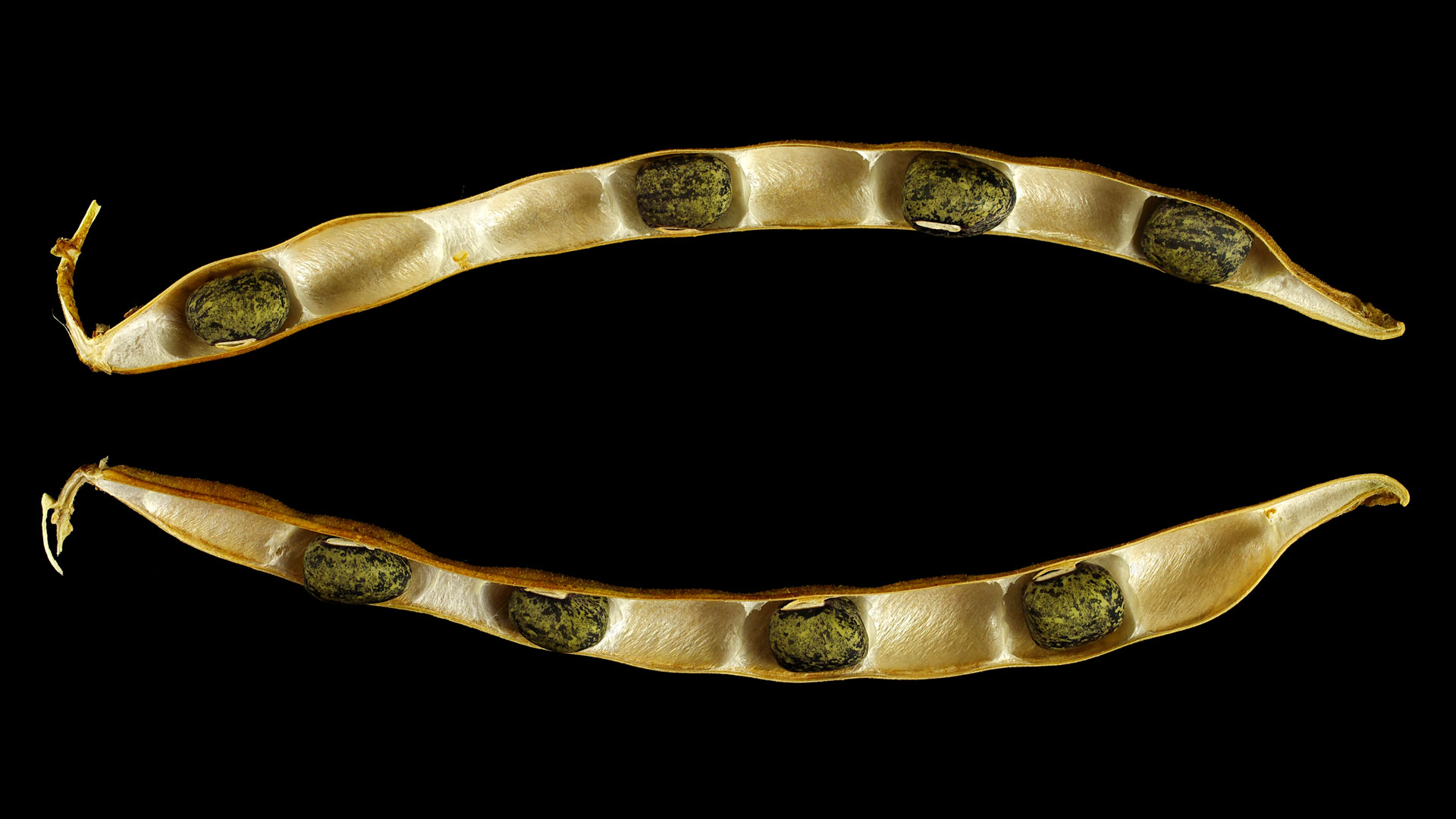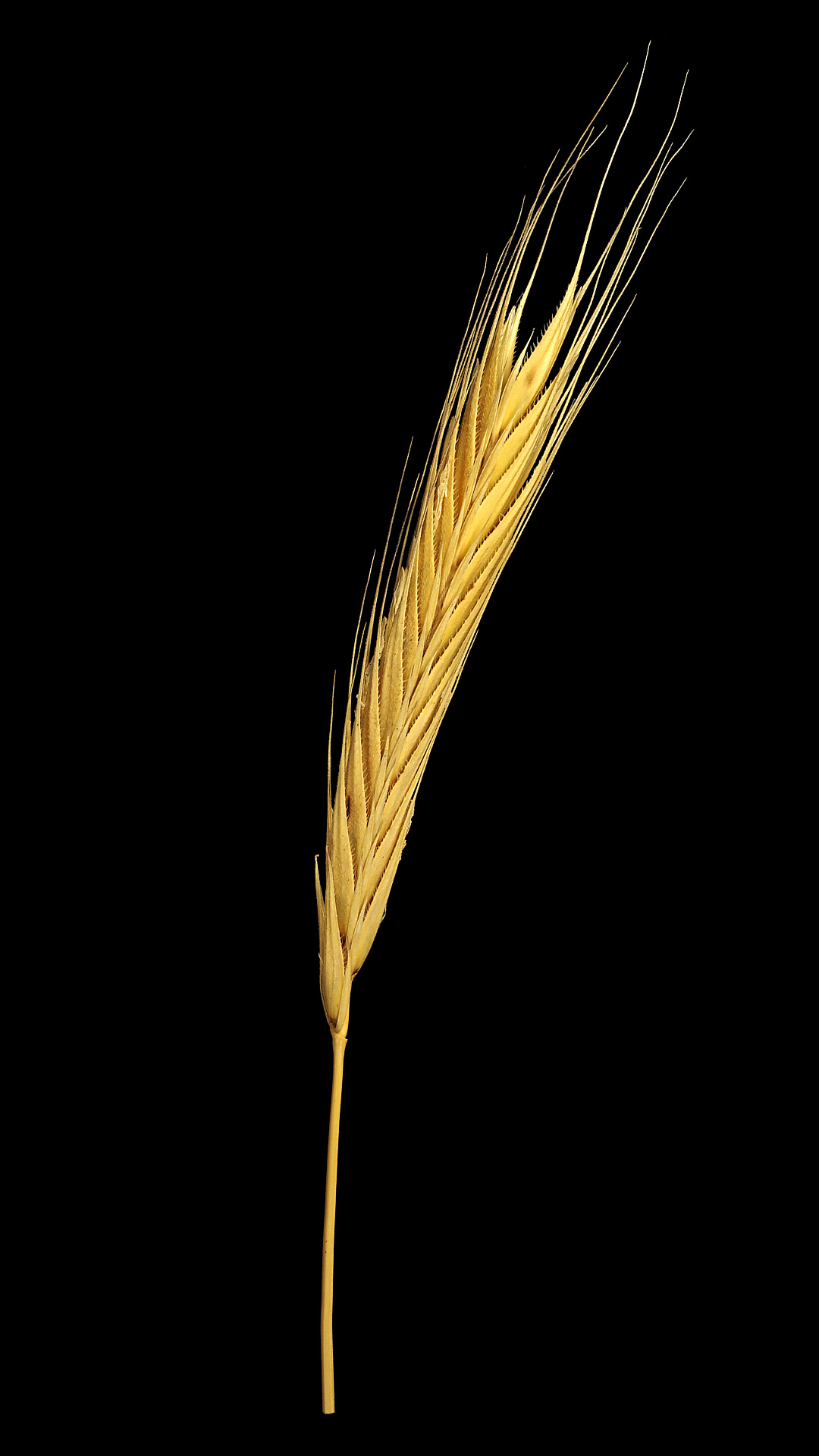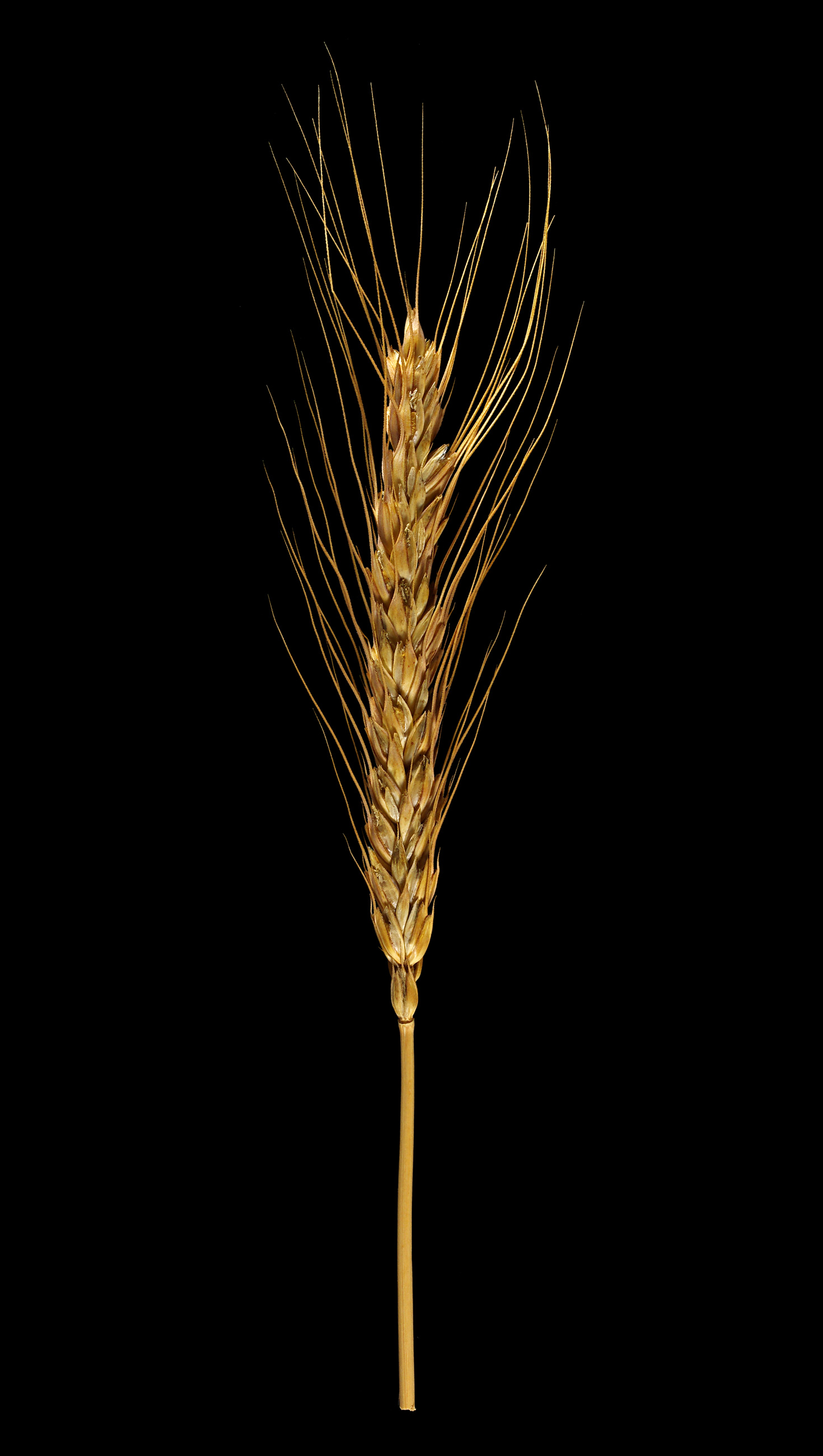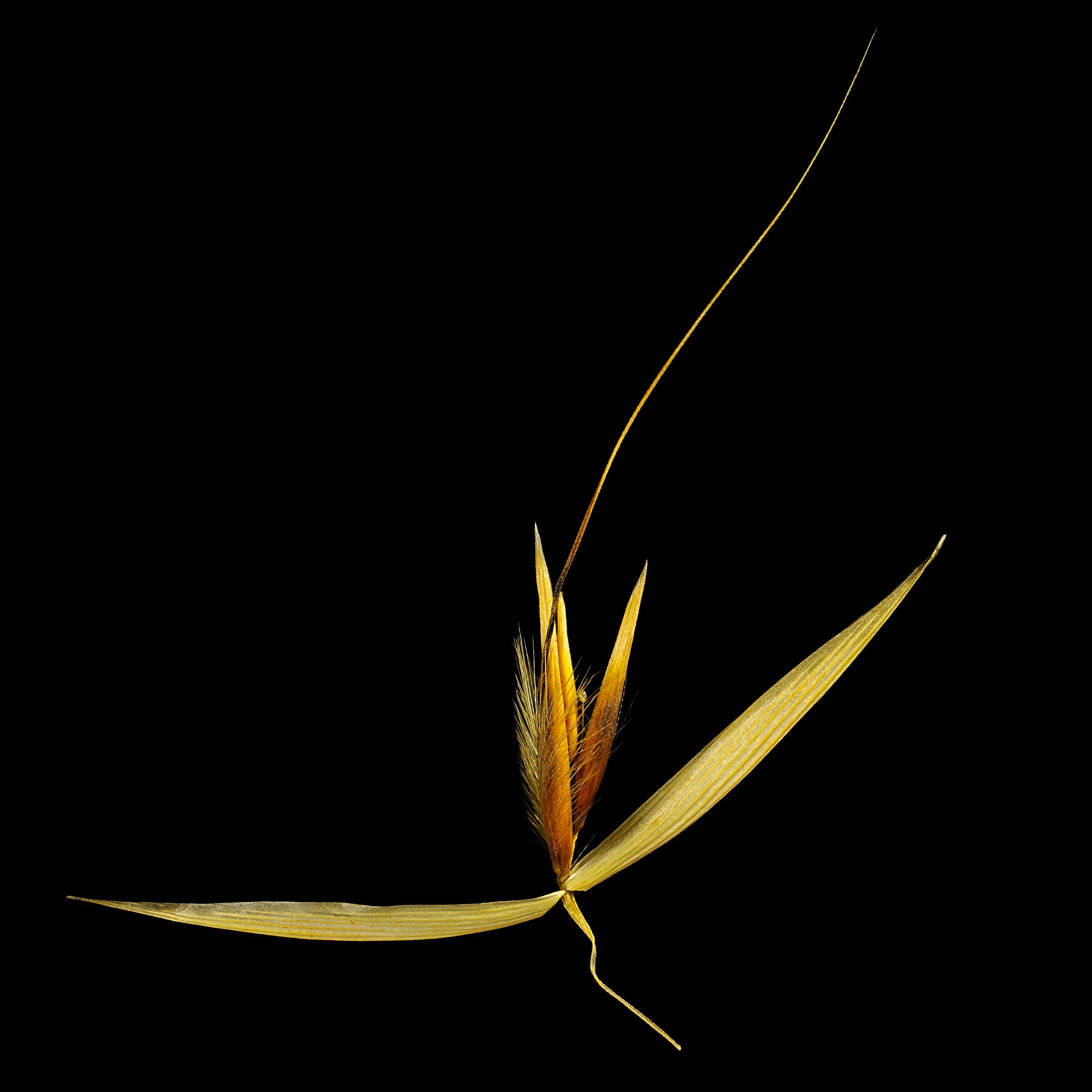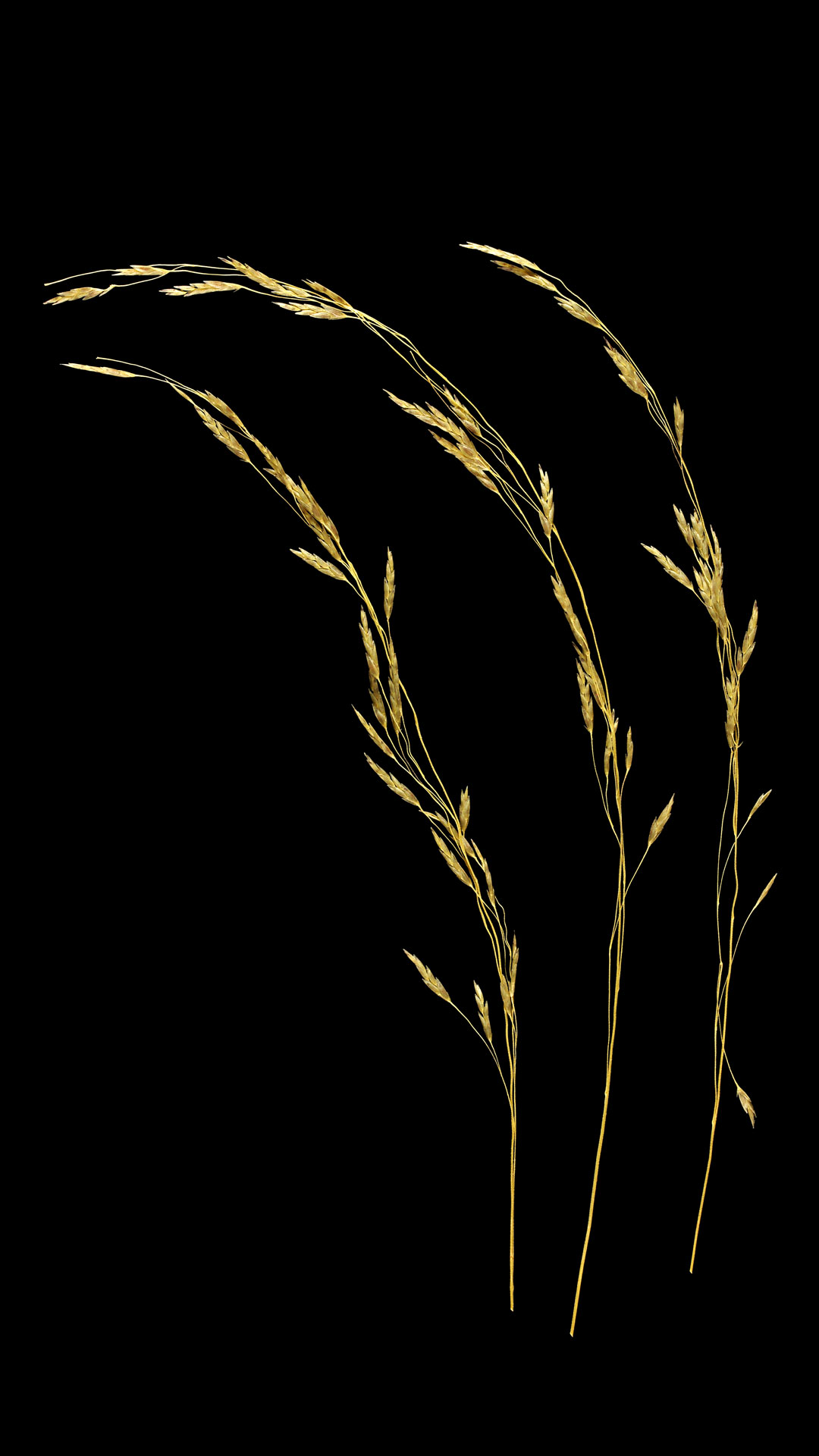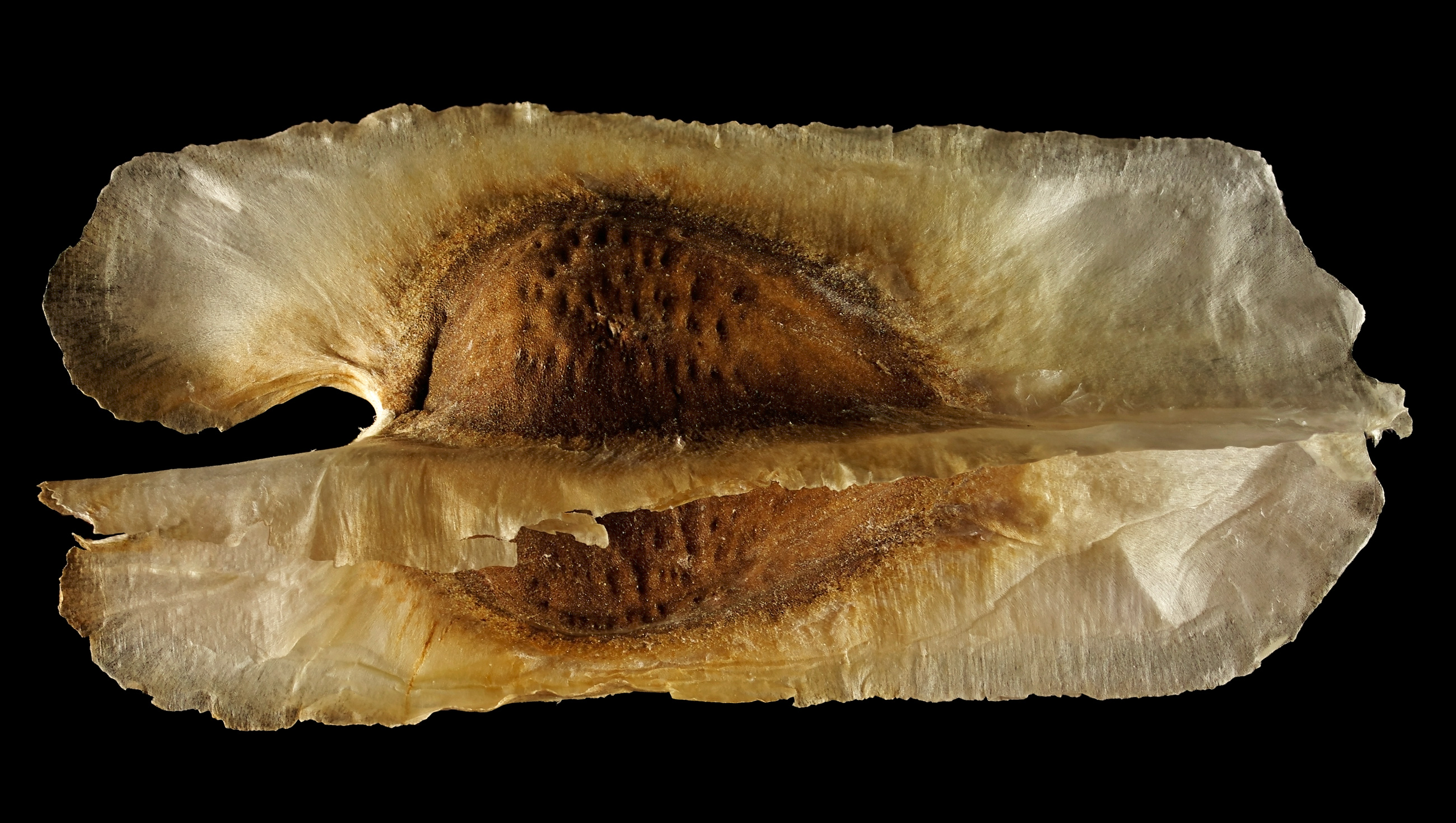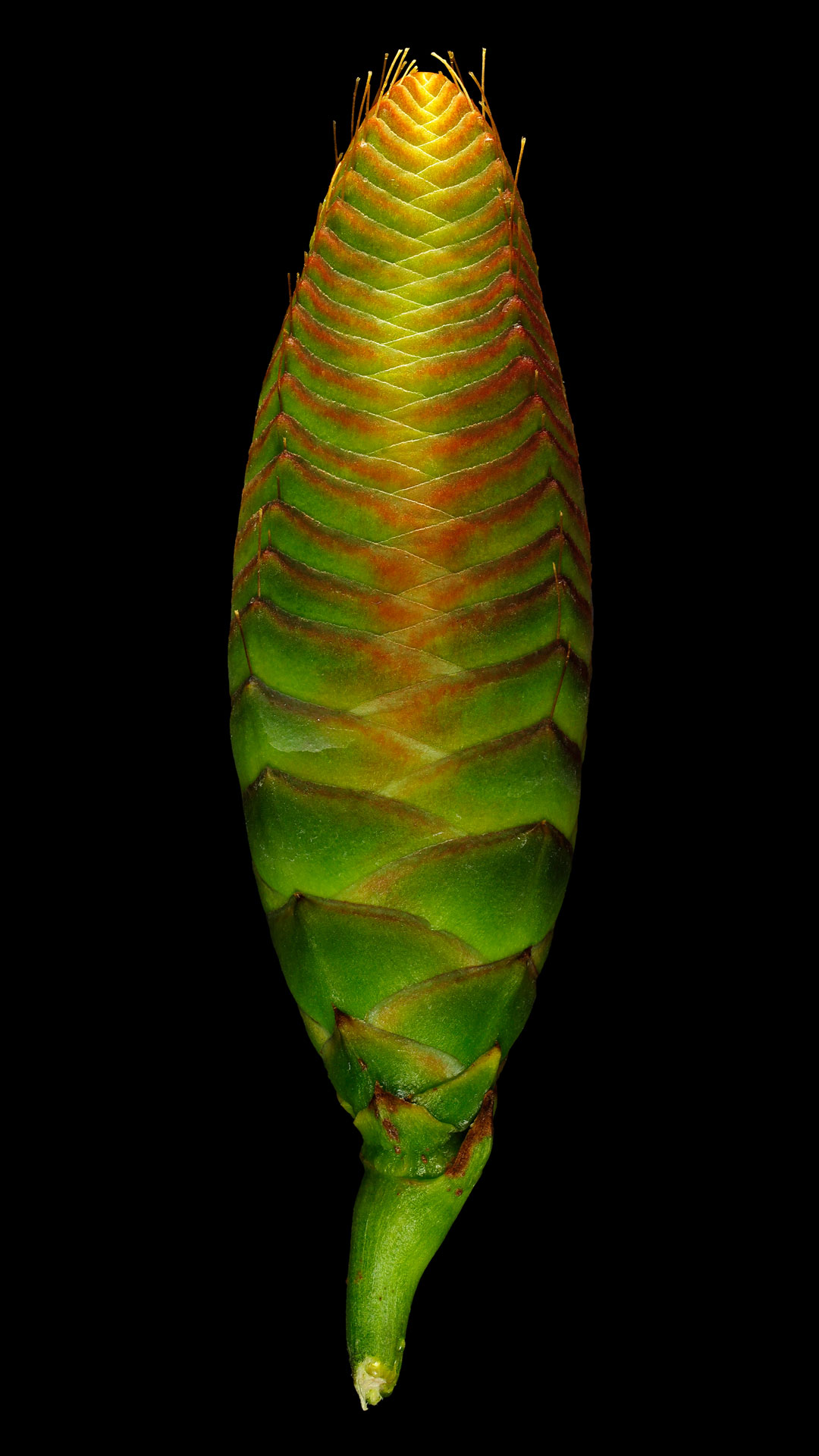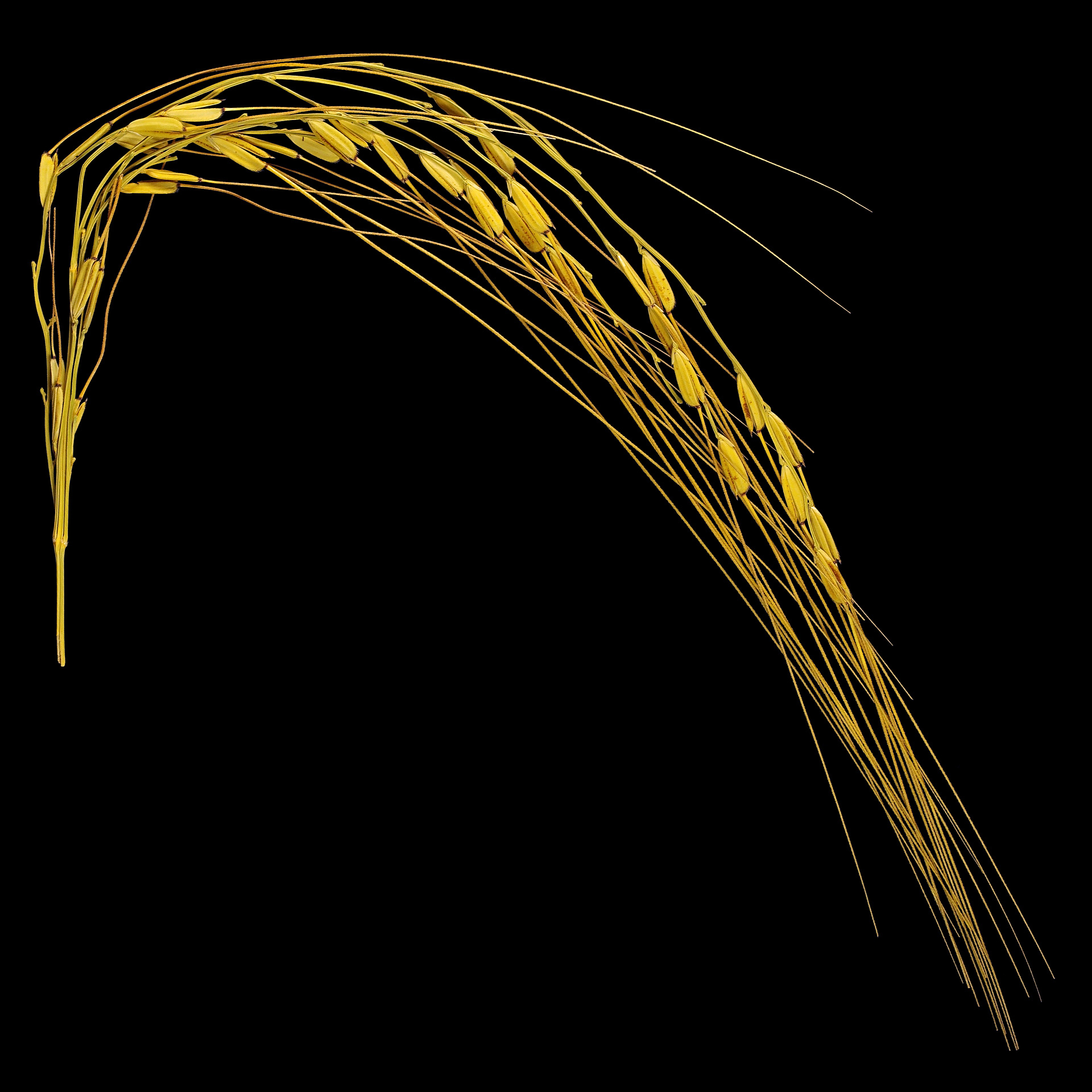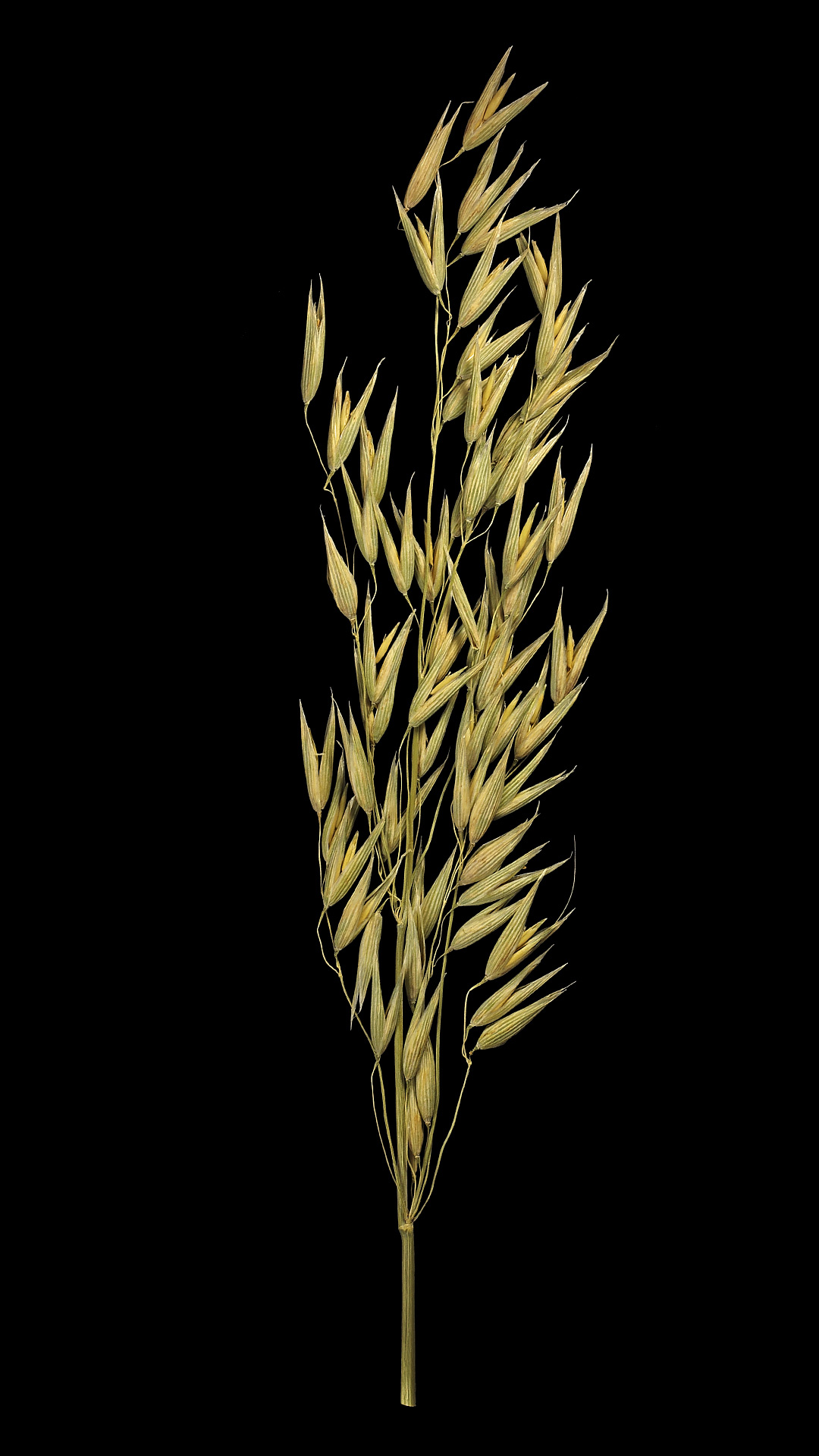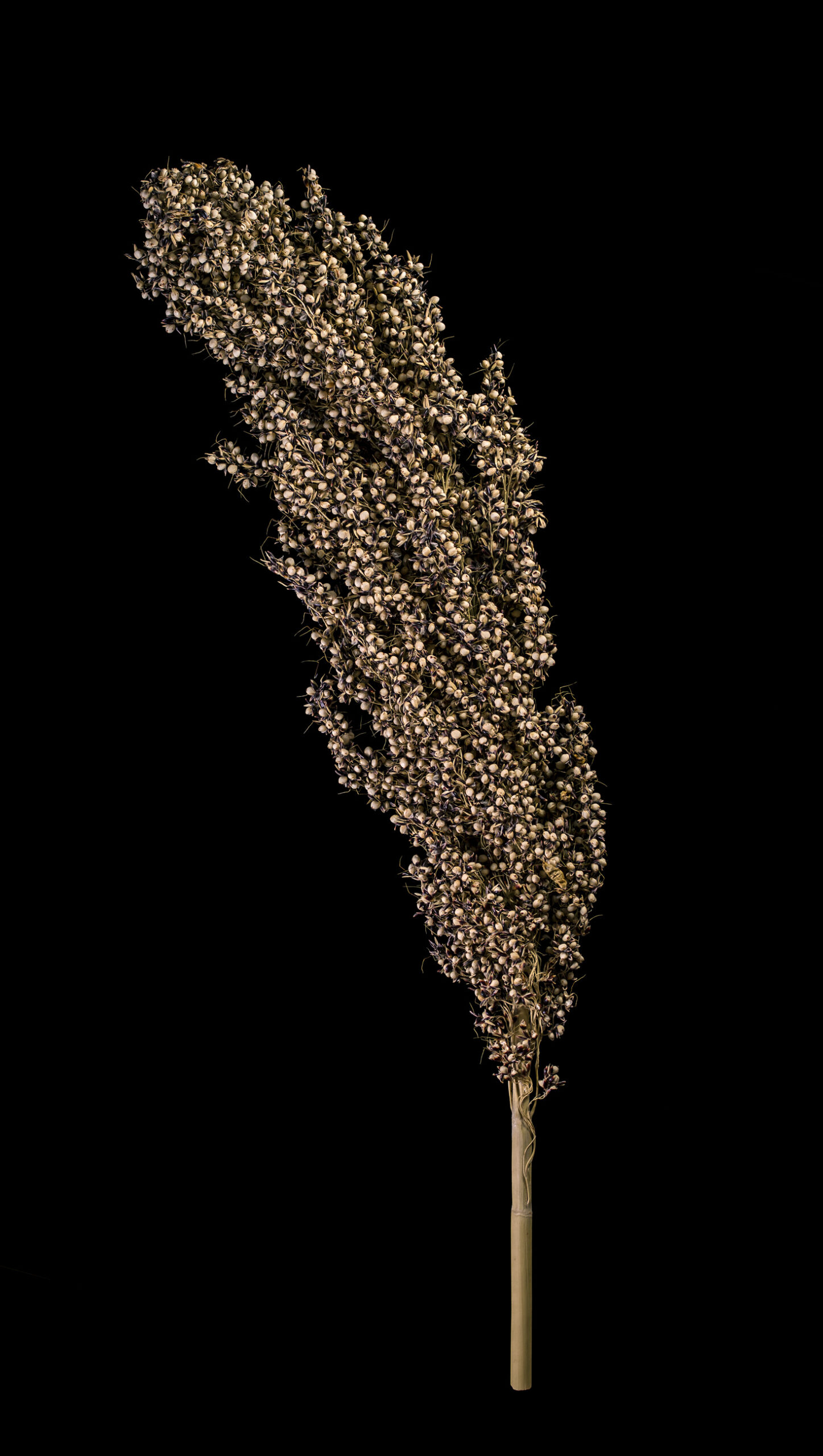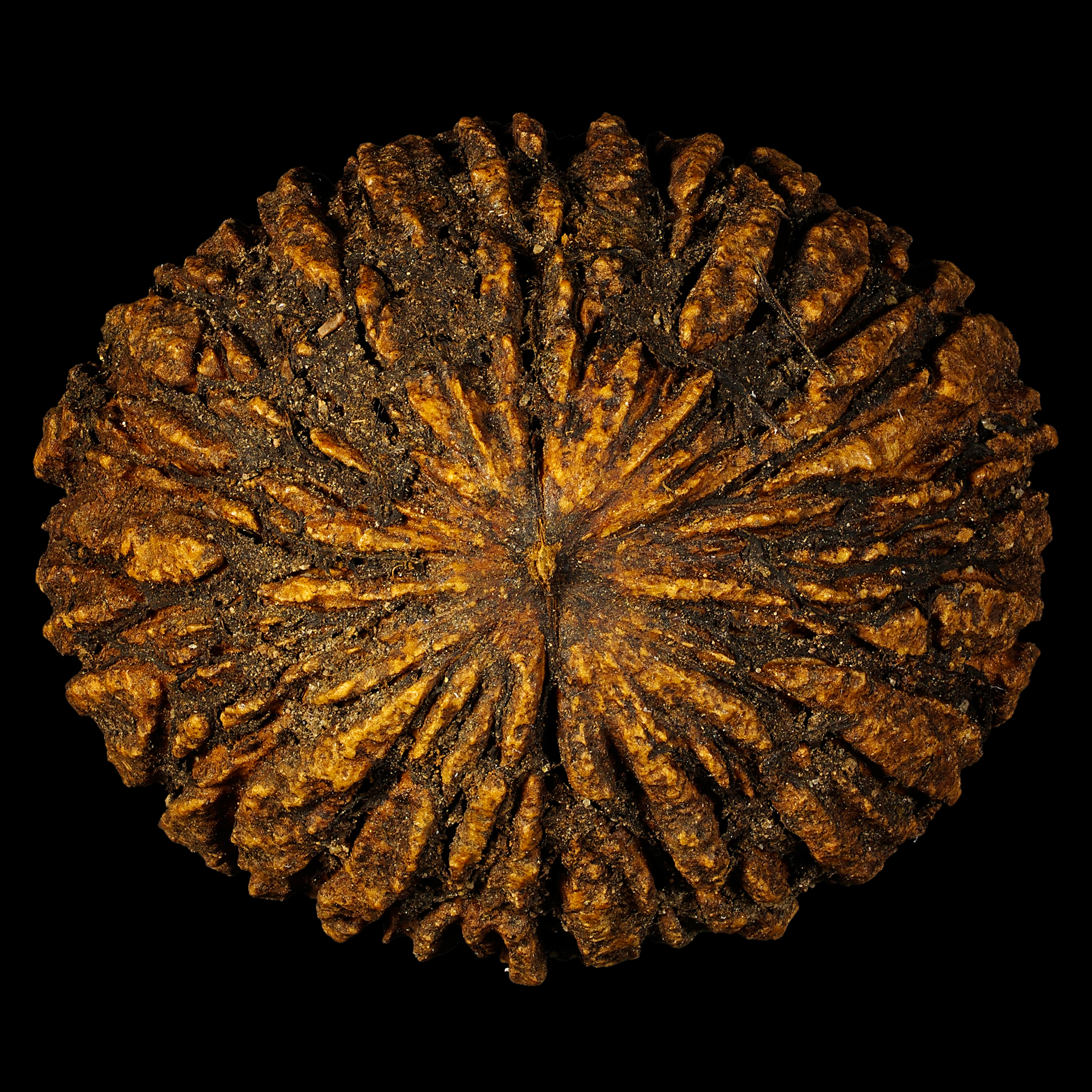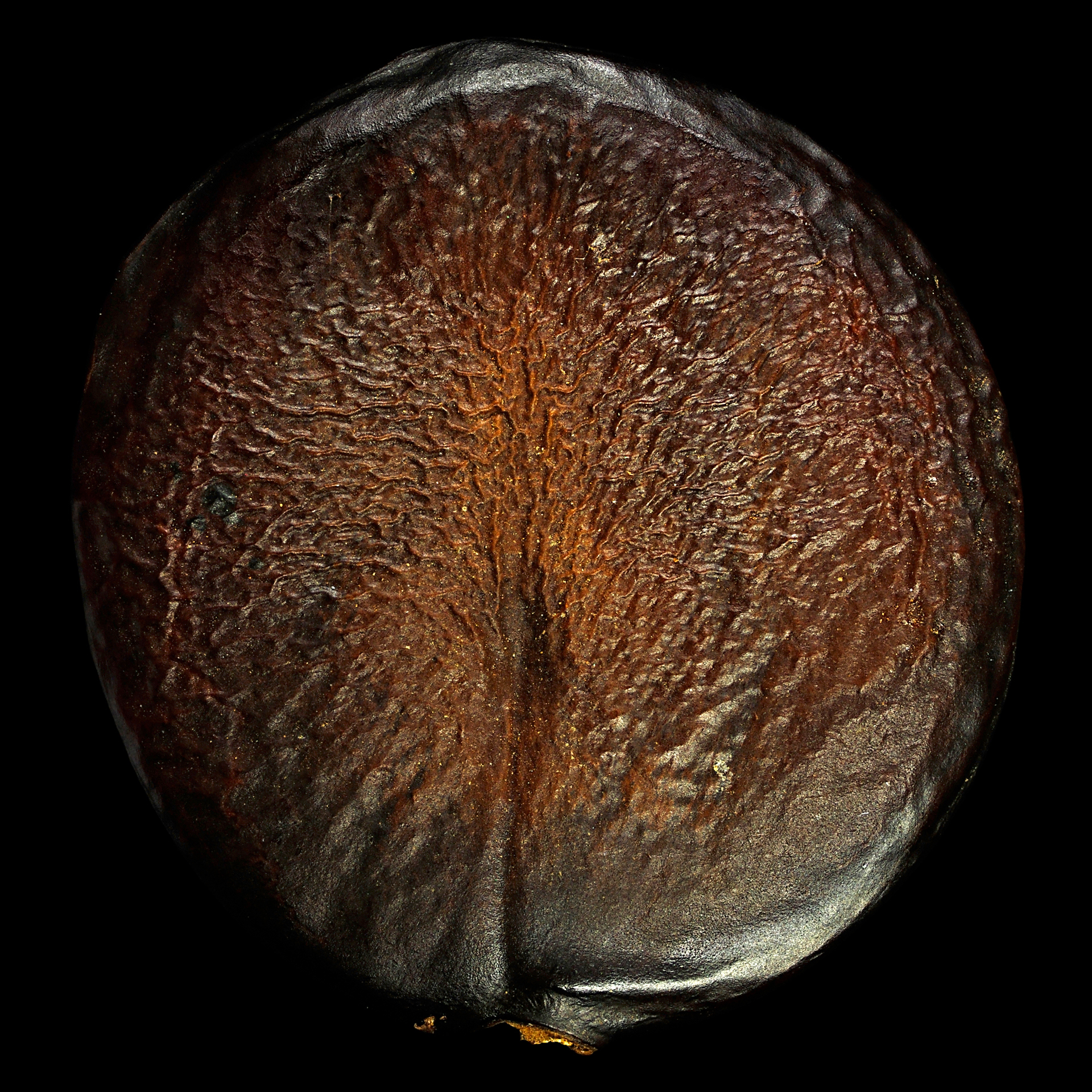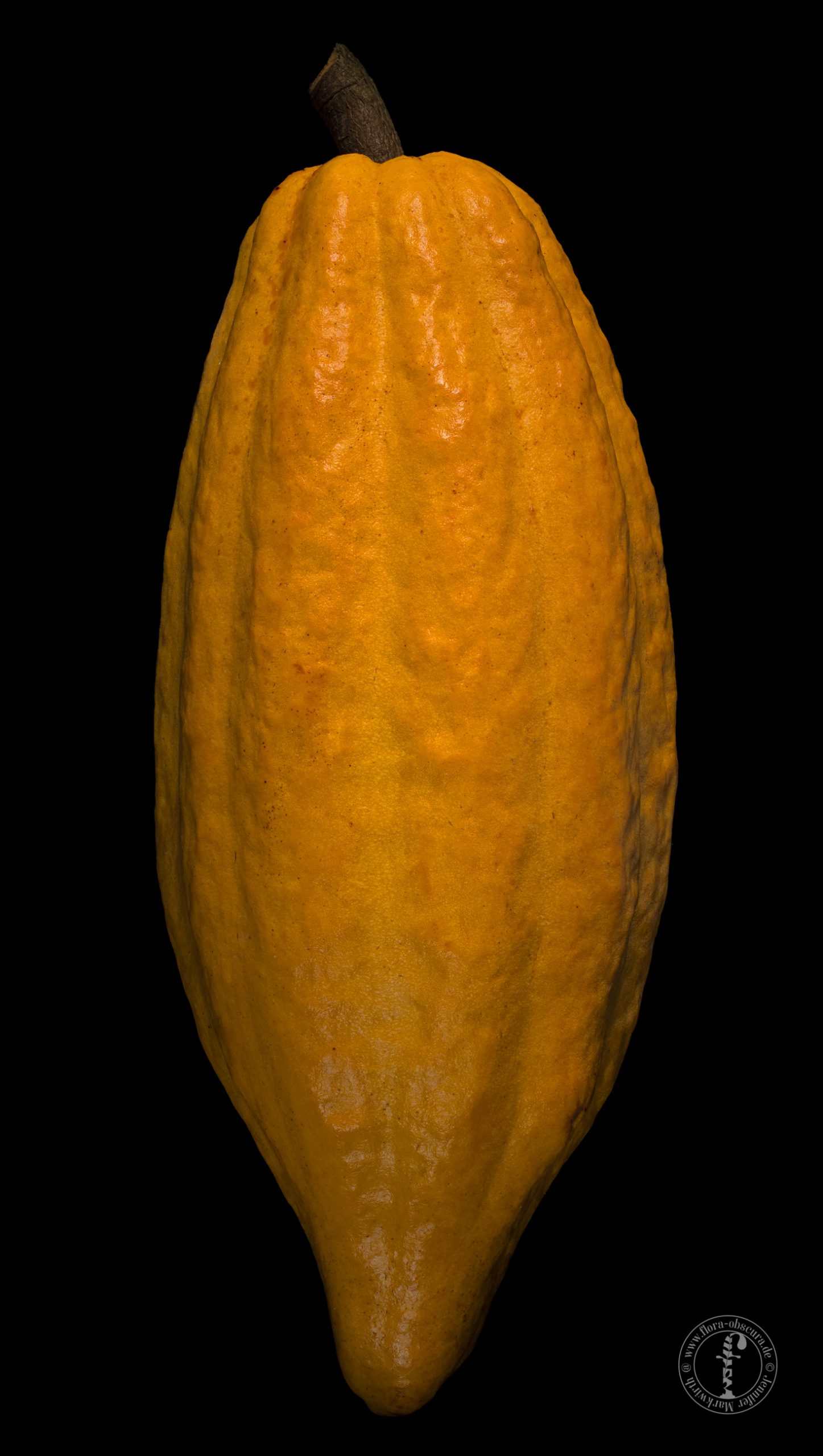Search Results for Archäobotanik Afrikas
Brown gram: Vigna mungo (seeds) Used since ancient times The small, dark Brown Grams have been cultivated in India for 3000 to 4000 years. They are cooked in a whole, halved (separate cotyledons) or sprouted. Dried and processed into flour,
The grains are edible raw and cooked: crushed into porridge or ground into flour from which bread can finally be baked.
Like most wild forms, also those of rye are not particularly productive and are rarely or no longer cultivated today in contrast to the cultivated forms.
×Secalotricum is a fertile hybrid of male wheat (Triticum) and female rye (Secale). This grain is also described in its baking properties as a mixture of both.
Wild oat is edible and can be valuable in times of need as a famine food.
Just like fruits, such arilli can be very fleshy and taste sweet.
Although the seeds of the hairy love grass produced in panicles are only about 0,5-0.8 mm in size, they are used as cereals.
From the ripe seeds of the horseradish tree, which is also called ben oil tree, the sweet-tasting ben oil is obtained, which does not turn rancid.
Pearl millet is processed into millet gruel or flour, which is usually eaten as flatbread. Beer can be brewed from this crop.
Welwitschia is not a real food plant, but in emergency situations (getting lost in the Namib desert) the core in the flower axis can be eaten raw or roasted.
This wild form of african rice is used in times of food scarcity until today and is sometimes even sold as a crop at local markets.
In contrast to many other cereals, oats do not need to be peeled, only dehulled. Oats are always a wholemeal product and therefore rich in vitamins, minerals and fibres.
Sorghum is a staple food in parts of Africa (especially West and East Africa) and India.
The Eastern black walnut is used in the USA as in Europe the common walnut.
All parts of the tree smell of garlic and are used locally as a spice. Leaves are cooked as vegetables.
A striking characteristic of T. sinskajae is also the more compact and “round” shape of the awns.
The purple or reddish, brittle cocoa beans are first fermented with the help of the sweet pulp for about 10 days, which reduces the bitter substances and slowly develops the typical cocoa aroma.



